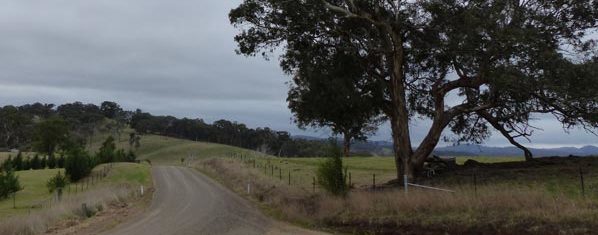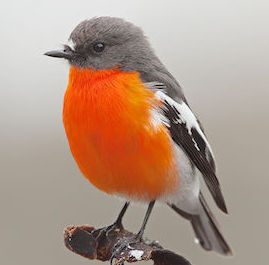Verse 1
From Mudgee to Lithgow
She’s always travelling ‘round
Or maybe out Coolah way
Where the Black Stump can be found Continue reading “Syrian Mary – Lyrics”
Syrian Mary: A Remarkable Woman
Syrian Mary was the name given to a hawker who lived in the New South Wales township of Mudgee. She walked the lonely roads and tracks of the district approximately between the years 1890 and 1910.
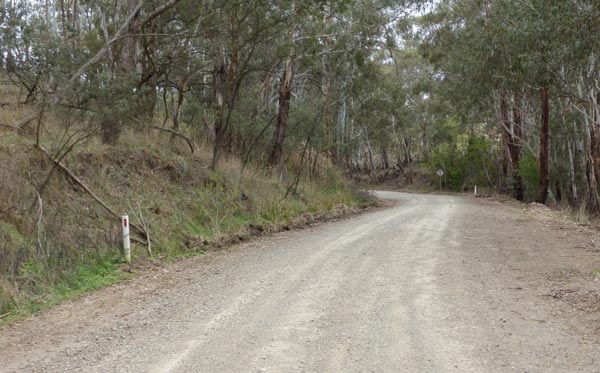
Twice each year she would routinely walk north-west to Coolah, a distance of just over 200 kilometres return. Also travelling south-east to Lithgow and back, a return trip of over 250 kilometres, she repeated this trip each year as well. Continue reading “Syrian Mary: A Remarkable Woman”
Blue Trail Village Scenes No 3
Urban Bird Habitat in Lithgow
Since its early coal mining days, towards the close of the 19th century, Lithgow has developed as a scattered pattern of village environments, often with former industrial or mining sites in between. Many species of birds find these sites a tolerable habitat, especially as their recent environmental management has made them more bird-friendly.
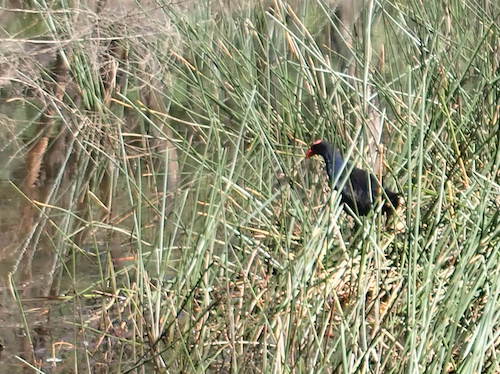
Water features in the Blue Mountains and Lithgow Local Government Areas support a variety of ducks, coots, grebes, swamp hens, moor hens, cormorants, darters and other water birds. The presence of reeds and other natural habitat surrounding the water features adds to the diversity of species.
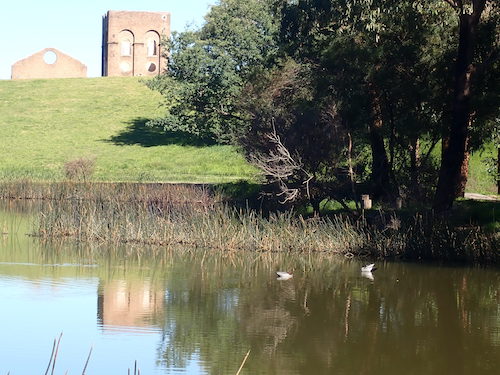
(photo by Christine Davies)
Lake Pillans was created to store water for the Lithgow Blast Furnace which opened in 1913. Attempts to establish the lake as a bird-watching area have proceeded concurrently with the rehabilitation of the blast furnace ruins as a historic site. Flame Robins have been noticed congregating in the blast furnace ruins and surrounds in winter while various water birds are usually visible in the lake reserve.
Over the summer of 2019-20, airborne embers created spot fires near the lake and rain storms washed away some of the walking paths and causeways. Nevertheless, the reserve is still accessible to visitors and the birdlife remains present.
© Don Morrison
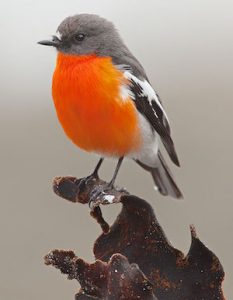
photo by Tim Collins – Own work, CC BY-SA 3.0, https://commons.wikimedia.org/w/index.php?curid=28073886
BLUE TRAIL 58: OLD REHABILITATION PROJECT, State Mine Gully
“If I wanted to get there, I wouldn’t start from here” is the punchline of an ancient joke about an Irishman giving directions to a tourist. Almost as ancient are the laudable objectives on this signboard about the 1995 project which could yet be the jumping off point for the transformation of the southern Newnes Plateau into one of Australia’s finest and best presented natural area experiences – a project aptly named Destination Pagoda in its new incarnation (see article in Blue Mountains Conservation Society’s May Hut News, page 2).
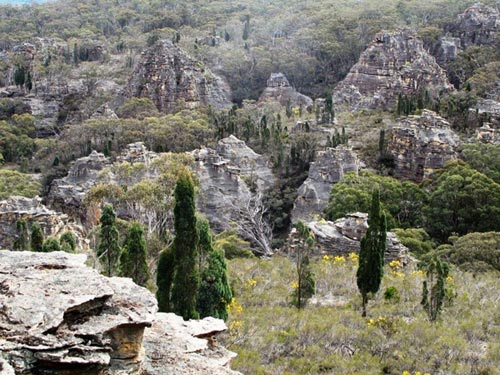
If you want to get to the finest views of pagodas in the Lithgow district, there’s no choice but to start from State Mine Gully. On a school holiday Wednesday in April 2019, Hut News noticed steady traffic which included standard two-wheel-drive vehicles making their way up and down the shockingly deteriorated escarpment road that connects the Newnes Plateau with State Mine Gully. Many of the drivers were protecting their vehicles by taking ten minutes to do one kilometre.
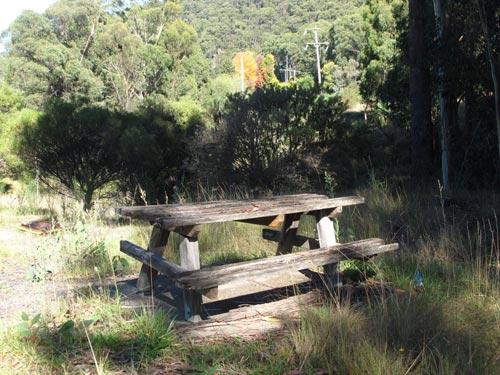
But this is the only viable access route for most of the plateau’s scenic delights that does not cross private property. It is the only route that truly allows the community of Lithgow a sense of ownership of the most ecologically and geologically diverse part of the town’s hinterland.
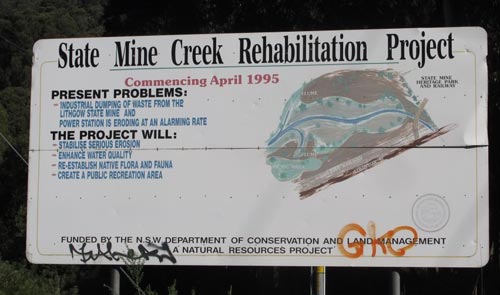
At the site of the old rehabilitation project, you are confronted with numerous expensive changes that would still need to be made to convince the visitor that this is one of Australia’s most significant natural area gateways. The broom and blackberry plants, along with other weeds, need to disappear. The hardy Mountain Ash trees need their retinue of Banksia and Leptospermum understorey to swell. The discarded sleepers and rails from the old branch line need to be incorporated into the generally well-kept railway museum. And the picnic benches need to look capable of accommodating modern-sized posteriors without fracturing. It’s fortunate that Destination Pagoda has harnessed such experienced and dedicated activists – all our energy will be needed.
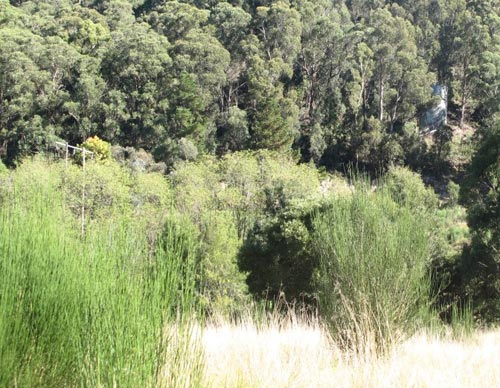
© Don Morison

